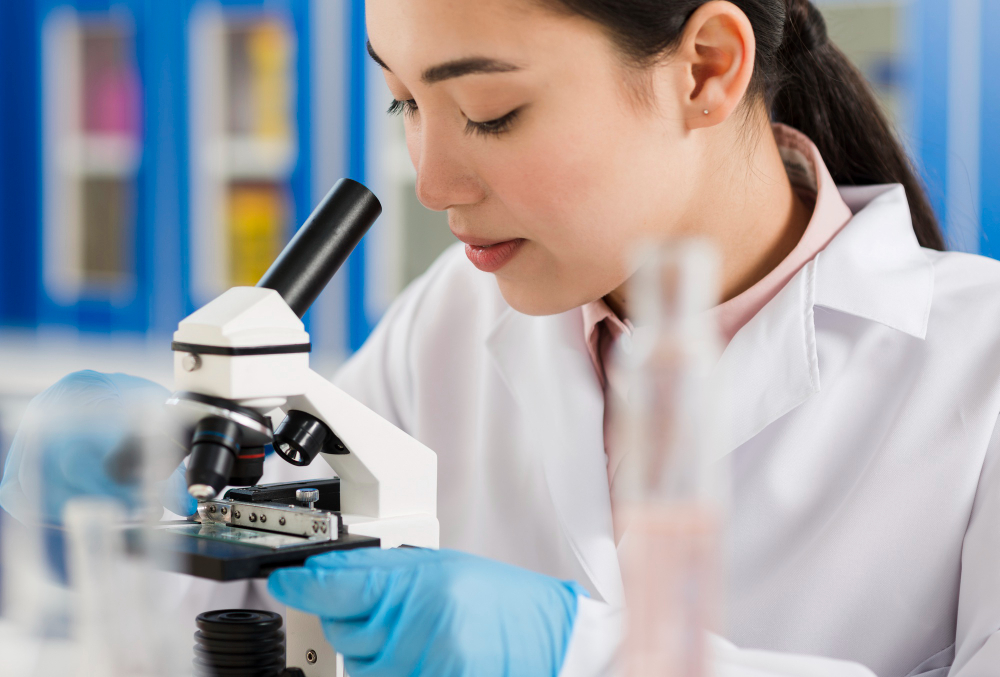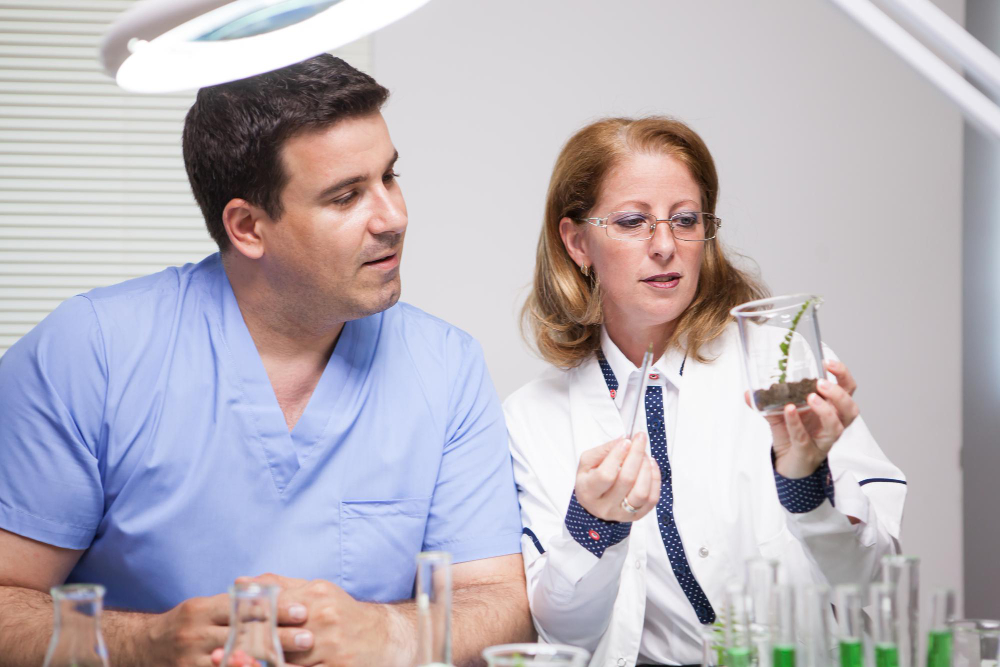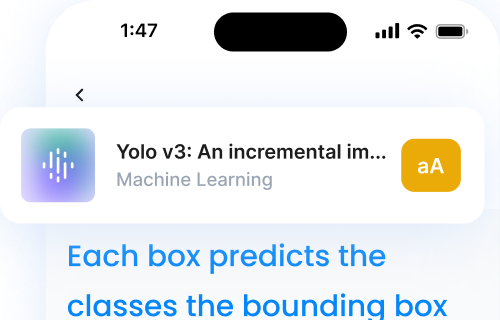Image by Freepik
As members of the academic community, we’re all familiar with peer review—a cornerstone of scholarly publishing.
At the heart of this review process lies an important distinction: what are the differences between single-blind and double-blind peer review?
Let’s explore these two approaches and their implications for researchers, students, and academics.
Understanding the Peer Review Process
Peer review serves as a quality assurance mechanism in academic publishing, ensuring that papers meet the rigorous standards of the scientific method.
The two most common forms—single-blind and double-blind peer review—each have distinct characteristics that can influence the peer review process and outcomes.
Single-Blind Peer Review: A Closer Look
In single-blind peer review, reviewers know the authors’ identities, but authors don’t know who’s reviewing their work.
This approach to reviews has long been standard in many academic journals.

Advantages of Single-Blind Peer Review:
1. Accountability: Knowing the authors’ identities can encourage reviewers to provide more constructive feedback.
2. Contextual insights: Reviewers can consider the authors’ previous work, potentially leading to a more comprehensive evaluation.
Challenges of Single-Blind Peer Review:
1. Potential reviewer bias: A reviewer’s perception of an author or reviewer’s reputation or affiliation with top universities might influence their assessment.
2. Power dynamics: Junior researchers reviewing work by well-known authors might feel pressured to give previous work a positive review.
Double-Blind Peer Review: Striving for Objectivity
Double-blind peer review aims to increase impartiality by concealing both the authors’ identity and reviewers’ identities from each other.
Advantages of Double-Blind Peer Review:
1. Reduced bias: By removing identifying information, the reviewer bias focus shifts to the content of the research rather than the authors’ credentials.
2. Content-centric evaluation: Double-blind reviewers are more likely to decide to assess the paper solely on its merits.
Challenges of Double-Blind Peer Review:
1. Anonymity challenges: In some fields, authors’ identities might be deducible from the content writing style or methodology.
2. Limited context: The review process might suffer from a lack of background about the researchers’ expertise.
Comparing Single-Blind and Double-Blind Approaches
When it comes to mitigating bias, double-blind peer review generally performs better than its single-blind peer reviews counterpart.
Studies suggest it can help reduce gender bias and discrimination based on a certain country or institutional affiliation, potentially leveling the playing field for diverse researchers.
However, the impact on review quality is less clear-cut.
Some argue that single-blind review leads to more thorough feedback, as single-blind reviewers might be more meticulous when their comments can be attributed to them.
Others contend that double-blind reviewing encourages more honest and critical evaluations.
The suitability of each method can vary by discipline.
In computer science, for example, where anonymity is challenging to maintain due to preprint servers and other web search for searches, single-blind review might be more practical.
Conversely, in larger fields with diverse methodologies, the double-blind model could be more effective in ensuring unbiased evaluations.

Image by Freepik
Emerging Trends in Peer Review
While single-blind and double-blind peer reviews remain prevalent, the academic community is exploring alternative models:
While single-blind and double-blind peer reviews remain prevalent, the research community is actively exploring alternative models to address the limitations of traditional approaches:

Considerations for Researchers and Students
For those submitting work for review, the choice between single-blind and double-blind review (when available) can be significant.
Early-career researchers or those proposing unconventional ideas or papers might prefer a double-blind review to minimize potential bias. However, established researchers might opt for single-blind reviews to leverage their reputation.
A study from Tsinghua University found that researchers preferred a double-blind review for its perceived fairness.
However, the National Academy of Sciences noted that completely anonymous single-blind review process is challenging to achieve in practice.
The Future of Peer Review
As academic publishing evolves, so too will peer review processes. Peer review software may offer new ways to manage reviewer-author interactions and maintain anonymity.
The shift towards open science practices might lead to increased adoption of open review models.
Key Takeaways
Both single-blind and double-blind peer review have their strengths and limitations. As academics, it’s crucial that we understand these differences and their potential impact on our work.
Whether you’re submitting your first paper to peer-reviewed conferences or deciding on a review system for your journal, remember that the goal of open peer review remains constant: to ensure the rigorous evaluation and dissemination of high-quality research.
By staying informed about peer review processes, we can better navigate the publishing landscape and contribute to the ongoing improvement of academic quality assurance.
Whether single-blind, or double-blind reviews three-blind, or open review, each system plays a vital role in shaping the future of scholarly communication.








